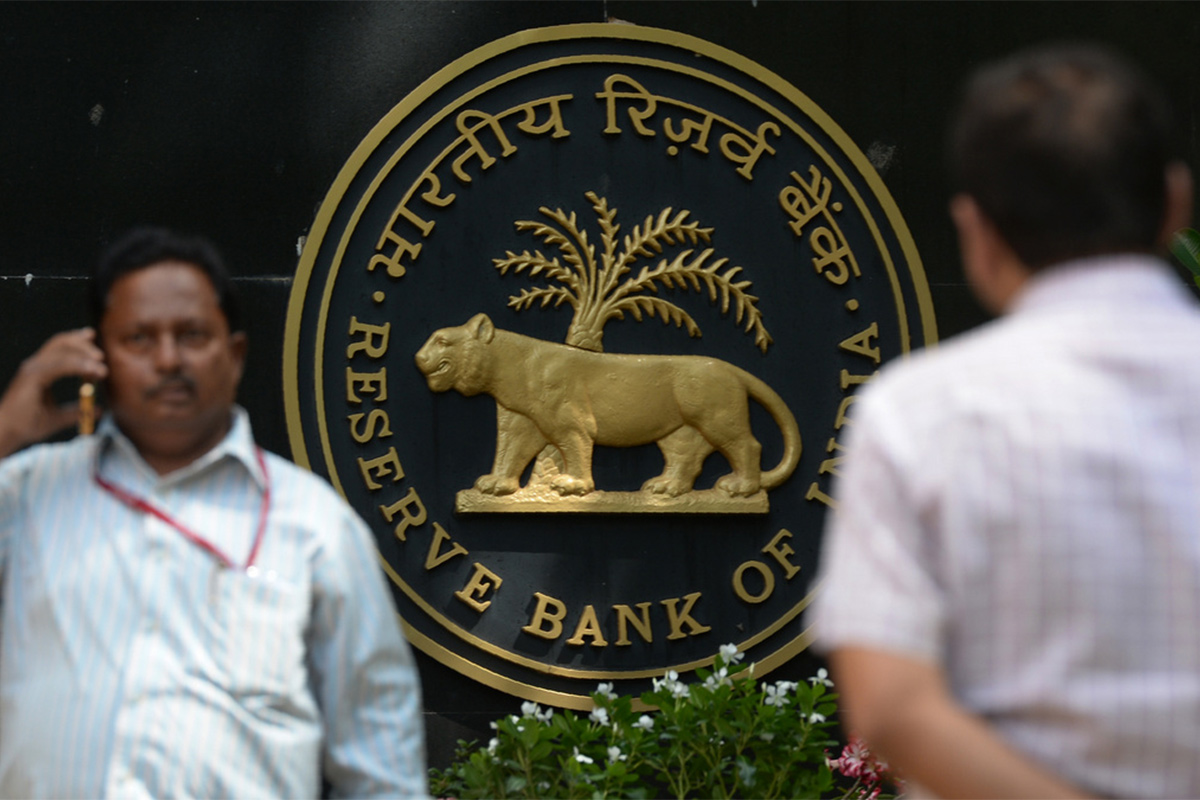Manmohan Singh’s far reaching reforms that made India a fastest growing economy
India has lost a towering figure in the Indian economic landscape, former Prime Minister of India, Dr Manmohan Singh.
RBI had slashed the repo rate by a total of 115 basis points (bps) since March 2020, to soften the blow from the pandemic.

(Photo: AFP)
The Reserve Bank of India (RBI) on Friday left key interest rates unchanged at record lows as it reiterated its commitment to keep its monetary policy accommodative, to help the economy recover from the world’s worst outbreak of COVID-19 infections.
It also lowered its forecast for the country’s economic growth to 9.5 per cent for the current financial year ending March 31, 2022, from the previous estimate of 10.5 per cent.
Advertisement
The six-member monetary policy committee headed by Governor Shaktikanta Das voted unanimously for keeping repo rate – RBI’s key lending rate – unchanged at 4 per cent, and the reverse repo rate – the borrowing rate – at 3.35 per cent.
Advertisement
“The MPC was of the view that at this juncture policy support from all sides is required to gain the momentum of growth that was evident in the second half of 2021, and to nurture the recovery after it has taken root,” Das said.
It decided to retain an accommodative policy stance “as long as necessary to revive and sustain growth on a durable basis and continue to mitigate the impact of COVID-19 on the economy”, signaling there is still room to cut rates further.
RBI expanded its version of quantitative easing to keep borrowing costs anchored. It will buy an additional Rs 1.2 lakh crore of bonds under the Government Securities Acquisition Programme (G-SAP) 2.0 in the second quarter.
In April, RBI committed to buying Rs 1 lakh crore worth of government bonds from the market between April and May under G-SAP 1.0. Under G-SAP 1.0, RBI will purchase government securities worth Rs 40,000 crore this month.
The move is aimed at supporting the government’s borrowing plan at comfortable interest rates.
Das said retail inflation is seen at 5.1 per cent in 2021-22, with upside risks from higher commodity prices and re-emergence of higher supply constraints amidst the current phase of lockdowns.
Among the other measures that were announced, RBI allowed banks to borrow as much as Rs 15,000 crore for lending to COVID-hit sectors such as hotels and tourism industry.
Further, an additional Rs 16,000 crore funding has been earmarked for SIDBI for lending to MSMEs, directly or indirectly over and above the quantum of Rs 50,000 crore that was set aside for government financial institutions in the April policy.
In order to provide further relief to the businesses hit by COVID 2.0, the newly announced restructuring window has been extended for all entities with outstanding credit of Rs 50 crore.
RBI had slashed the repo rate by a total of 115 basis points (bps) since March 2020, to soften the blow from the pandemic.
Das said unlike the first wave of COVID-19 infections which brought the economy to an abrupt standstill under a nationwide lockdown, the impact of the second wave on economic activity is expected to be relatively contained with restrictions on mobility being regionalised and nuanced.
“In the year gone by, the Reserve Bank has engaged in safeguarding the economy and the financial system from the ravages of the pandemic.
“We have been on continuous vigil – through the first wave; the lull between the waves; and now the second wave,” he said adding “maintaining financial stability and congenial financing conditions for all stakeholders is a commitment that we have adhered to assiduously.”
The sudden rise in COVID-19 infections and fatalities has impaired the nascent recovery that was underway but has not snuffed it out. “The impulses of growth are still alive,” he said.
“We will continue to think and act out of the box, planning for the worst and hoping for the best,” he noted.
Advertisement